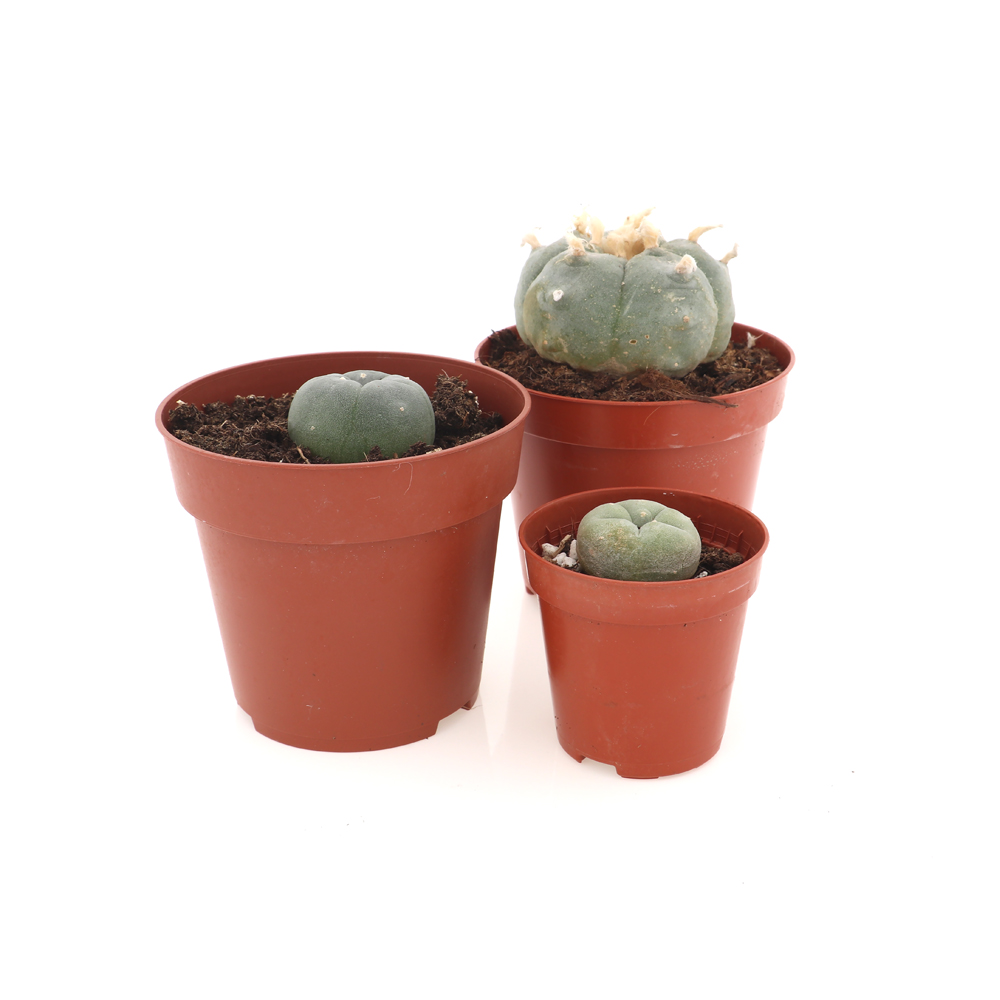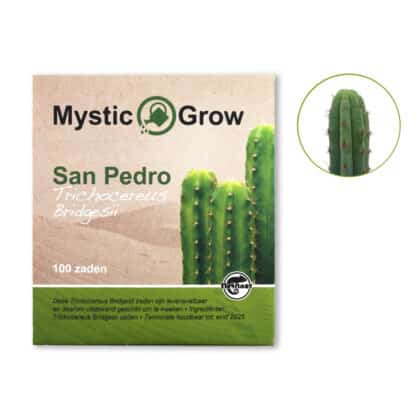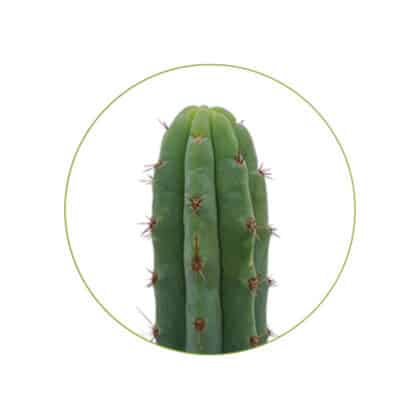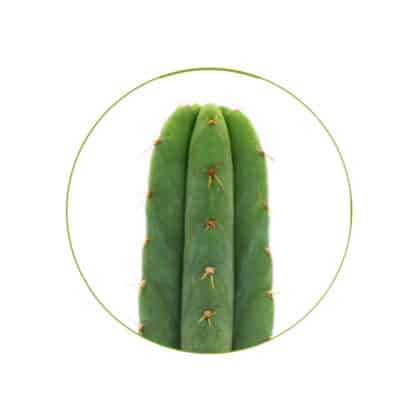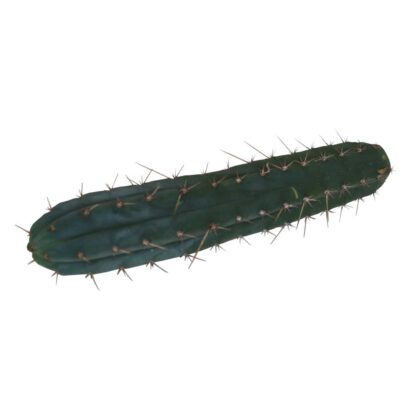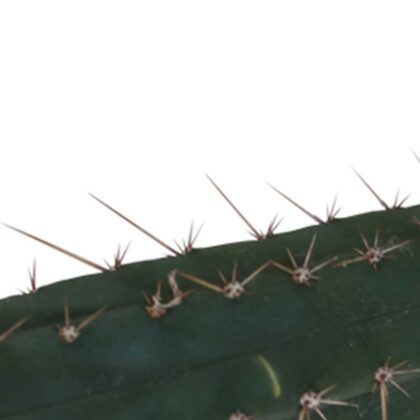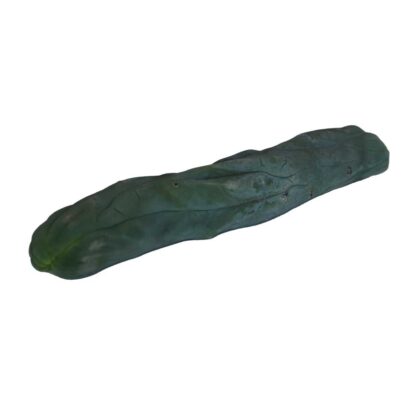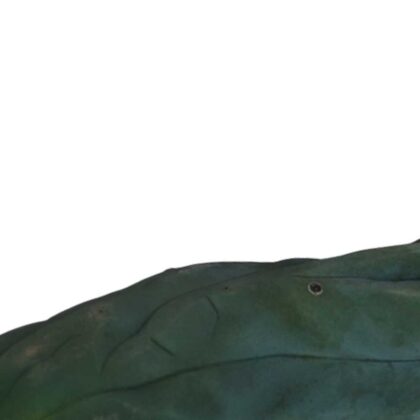Peyote (Lophophora Williamsii)
€12,95 - €65,00Prijsklasse: €12,95 tot €65,00 incl. vat
The Peyote cactus, known scientifically as Lophophora Williamsii, is a small, spineless cactus revered for its psychoactive properties due to naturally occurring mescaline. Native to northern Mexico and southern United States, this unique cactus has been used for centuries in spiritual rituals, offering a profound, consciousness-altering experience.
What is the Peyote Cactus?
The Peyote cactus is a small, round, spineless cactus. It is renowned for containing mescaline, a psychoactive compound also found in other cacti like San Pedro. This substance induces altered perceptions, vivid hallucinations, and a unique sensory experience. Native to arid regions of northern Mexico and southern United States, the Peyote cactus blooms with delicate pink flowers during its flowering season. Its slow growth, taking 8 to 15 years to mature for consumption, adds to its mystique. Traditionally used in religious and spiritual ceremonies, it holds cultural significance for indigenous communities. The cactus’s bitter taste and potent effects make it a distinctive choice for those seeking a transformative experience. When used responsibly in a safe environment with a sober tripsitter, it can offer profound insights. However, its psychoactive nature requires caution, especially for individuals with mental or physical health concerns, ensuring a respectful and mindful approach to its use.
History of the Peyote Cactus
The Peyote cactus has a rich history rooted in the cultural and spiritual practices of indigenous peoples in northern Mexico and the southern United States. For centuries, tribes such as the Huichol and Tarahumara have incorporated this cactus into religious rituals, valuing its ability to facilitate spiritual visions and connections with the divine. The cactus’s mescaline content was central to these ceremonies, often consumed in communal settings to foster unity and introspection. European explorers in the 16th century documented its use, though it remained largely misunderstood in Western contexts until the 19th century, when scientists began studying mescaline’s effects. By the 20th century, the Peyote cactus gained attention in countercultural movements, with its use spreading beyond indigenous communities. Despite its sacred status, its psychoactive properties led to legal restrictions in some regions, though it remains a vital part of certain religious practices. Today, the cactus is appreciated for both its cultural heritage and its unique effects, but users are encouraged to approach it with respect for its historical significance and to use it responsibly in safe, controlled environments to honor its legacy.
How to Use the Peyote Cactus
Using the Peyote cactus requires careful preparation to ensure a safe and meaningful experience. The cactus can be consumed fresh or dried, typically sliced into pieces about 3–4.5 cm wide and 0.5 cm thick. Alternatively, it can be brewed into a tea, though its bitter, unpleasant taste is often noted. For best results, consume it on an empty stomach, as this enhances mescaline absorption. Effects begin within 30–60 minutes, peaking after 1–2 hours, with the entire experience lasting 8–15 hours. Always use the cactus in a safe, familiar environment with a sober tripsitter to guide you, as the intense hallucinations can be overwhelming. Start with a small dose to gauge your reaction, especially if you’re new to psychoactive substances. Avoid combining it with alcohol, medications, or other drugs, as this can lead to adverse effects. The cactus should not be used by individuals under 18, during pregnancy, or by those with mental or physical health issues. After consumption, rest and reflect to process the experience, which can be profound and transformative when approached with mindfulness and respect.
Lophophora williamsii as Ornamental Plant
Lophophora williamsii, or peyote as it’s often called, enchants collectors with its unique button-like form, sturdy build, and leisurely growth rate, ideal for enhancing collections of uncommon succulents. We feature this item on our site not solely as a decorative ornamental, but also as a multifaceted option that showcases its aesthetic charm from the soft, bluish-green surface to the refined, knobbed edges that bring an artistic flair to shelves, conservatories, or sleek arrangements. Designed for markets where it’s legally available, these lab-grown plants comply fully with governing laws, steering clear of any hints toward consumption or extraction, so buyers can simply relish it as a captivating, natural decor piece for their living spaces or outdoor areas.
Ingredients of the Peyote Cactus
The primary active ingredient in the Peyote cactus is mescaline, a naturally occurring alkaloid (3,4,5-trimethoxyphenethylamine) responsible for its psychoactive effects. Mescaline induces vivid hallucinations, altered perceptions, and heightened sensory experiences, making it the key component behind the cactus’s spiritual and recreational use. Beyond mescaline, the cactus contains other alkaloids in trace amounts, which may contribute to its overall effects, though their roles are less studied. As a natural product, the cactus’s composition can vary slightly depending on its growing conditions, such as soil and climate. The Peyote cactus is free of artificial additives, making it a pure, organic substance. Its mescaline content is what sets it apart from other cacti, though similar compounds are found in species like San Pedro. The cactus’s slow growth over 8–15 years concentrates these compounds, enhancing its potency. Users should be aware that mescaline’s strength requires cautious use, particularly in individuals with health conditions or those prone to mental instability. Always store the cactus away from direct sunlight to preserve its natural properties and ensure a safe, effective experience when consumed responsibly.
Warning
The Peyote cactus contains mescaline, a powerful psychoactive substance that can induce intense hallucinations and altered states of consciousness. These effects should not be underestimated. Always use it in a controlled environment with a sober tripsitter, and ensure you are in good mental and physical health. Avoid use if you have depression, anxiety, heart or lung issues, diabetes, or are pregnant. Do not combine with alcohol, drugs, or medications, as this can amplify risks. Overdosing or using in an unsuitable setting may lead to anxiety, confusion, or loss of reality, particularly in those with a history of psychosis or mental instability. Keep the cactus out of reach of children and avoid direct sunlight exposure. Never operate vehicles or machinery during or after use, and refrain from use if under 18. A trip can be enlightening but carries risks if misused, so approach with caution and respect for its potency.
Do you ship to my country?
We ship to most EU countries. You can find these in the table below. We ship all our EU packages with DHL, DPD or PostNL depending on the area. This way we can deliver the best service possible. You will always receive a track and trace code to track your package from door to door.
| Country | Delivery | Costs | Free shipping |
|---|---|---|---|
| Austria | 2 - 3 | €11,95 | €125,- |
| Belgium | 1 - 2 | €7,95 | €125,- |
| Bulgaria | 6 - 8 | €21,95 | €125,- |
| Croatia | 3 - 5 | €17,95 | €125,- |
| Czech Republic | 2 - 4 | €13,95 | €125,- |
| Estonia | 4 - 6 | €19,95 | €125,- |
| France | 2 - 3 | €10,95 | €125,- |
| Germany | 1 - 3 | €7,95 | €125,- |
| Greece | 6 - 8 | €21,95 | €125,- |
| Ireland | 3 - 4 | €16,95 | €125,- |
| Italy | 2 - 4 | €18,95 | €125,- |
| Latvia | 3 - 5 | €15,95 | €125,- |
| Lithuania | 3 - 5 | €22,95 | €125,- |
| Luxembourg | 1 - 2 | €11,95 | €125,- |
| Netherlands | 1 - 2 | €6,95 | €125,- |
| Poland | 2 - 3 | €14,95 | €125,- |
| Portugal | 3 - 4 | €20,95 | €125,- |
| Romania | 3 - 5 | €17,95 | €125,- |
| Slovakia | 3 - 5 | €17,95 | €125,- |
| Slovenia | 2 - 3 | €17,95 | €125,- |
| Spain | 2 - 3 | €14,95 | €125,- |
* Difficult to reach areas like Islands or other remote regions will cost around €20,- more due to additional carrier fees.
Note: We try to ship all orders within 1 working day, all delivery times are estimated and can vary because of traffic and holidays.

